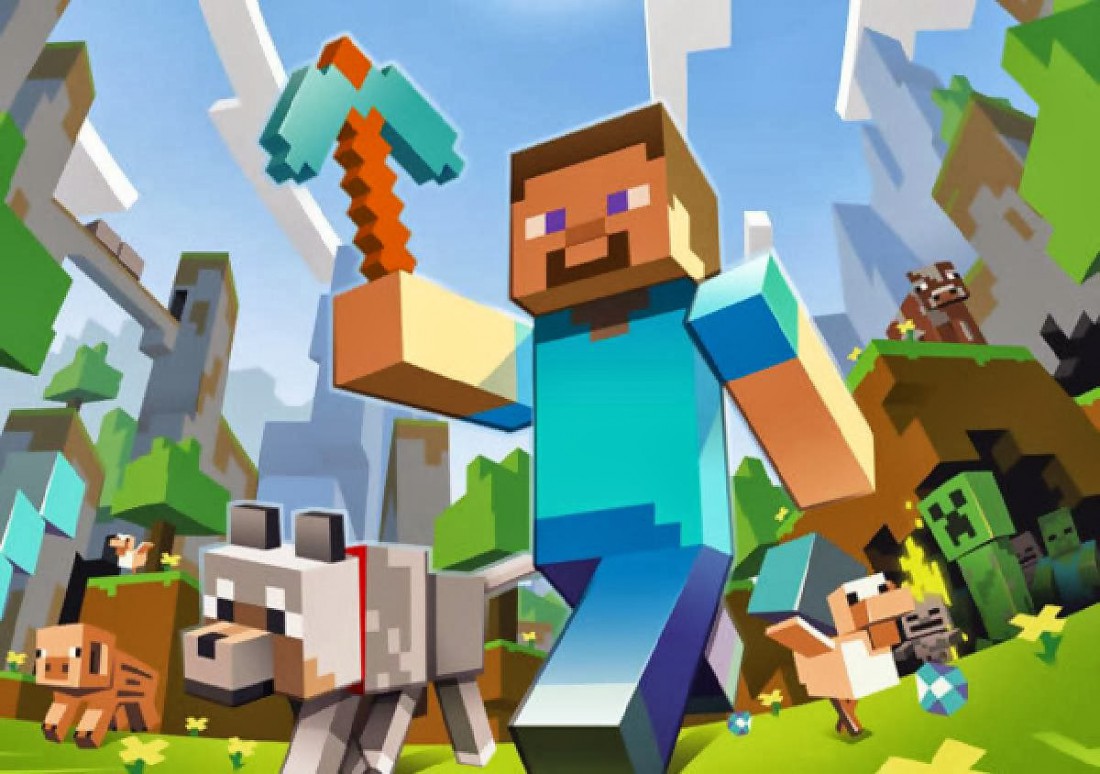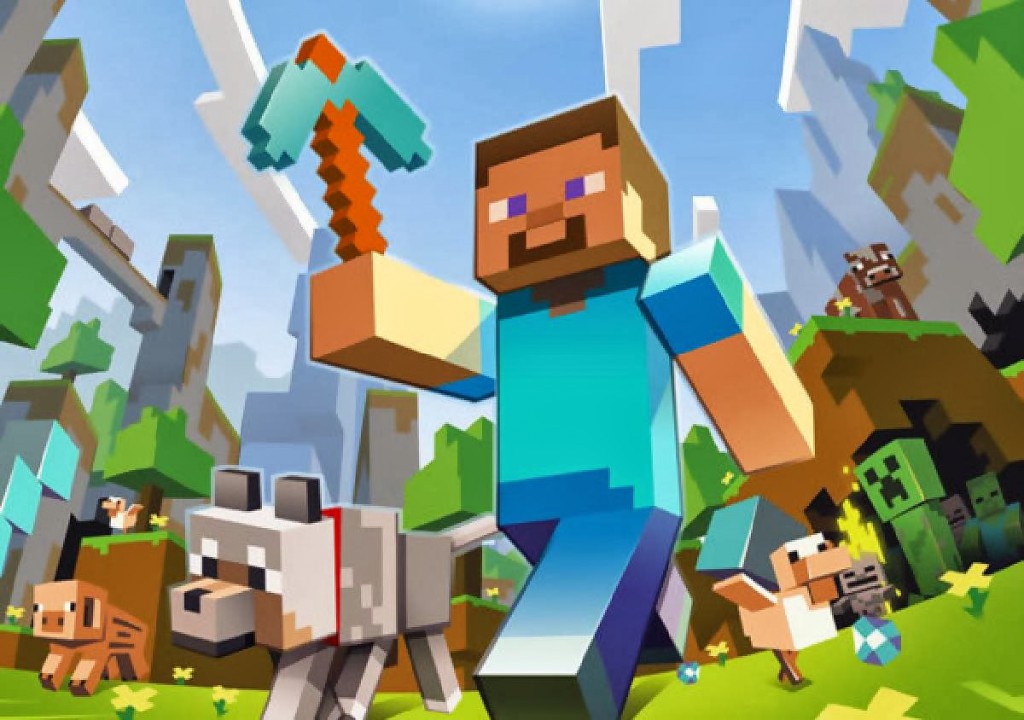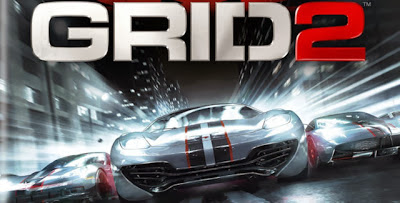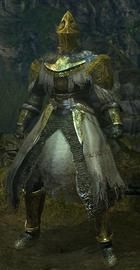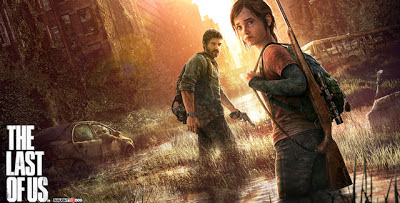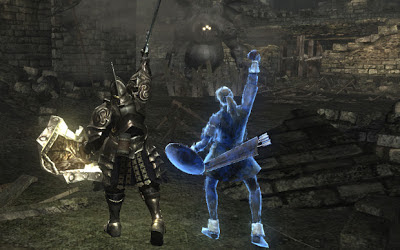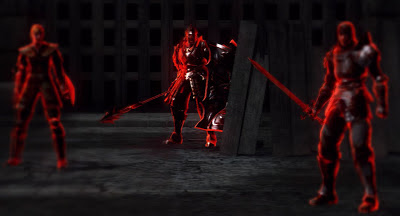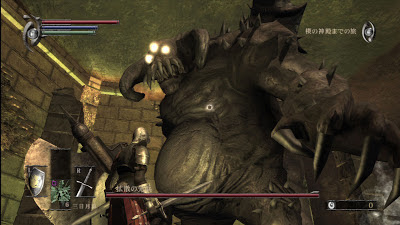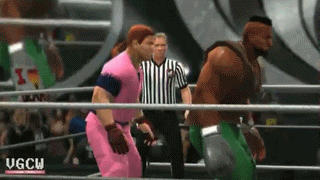March 26, 2013
In
Uncategorized
Tonight is not the night, but that shouldn’t stop us from checking in on what is happening in the world of Video Game Championship Wrestling.
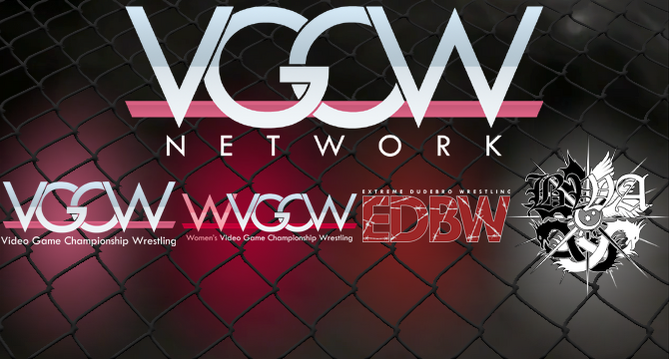
When we last checked in on Video Game Championship Wrestling, Phoenix Wright, Nappa, and Solid Snake had exposed Baz McMahon’s involvement in covering up the vehicular assault on Little Mac. Baz McMahon had kidnapped Luigi, a witness to the vehicular assault, and brainwashed him to believe that he was Mr. L, a violent and vicious fighter who created havoc on the January 28, 2013 show by attacking Locke Cole and Sabin Rene Figaro after they won the Co-Op Championship, Shinya Arino after he won a first blood match against Dante, and Ganondorf before his VGCW Championship match against Raphael. Mr. L’s rampage continued on the February 1, 2013 show by attacking Gabe Newell, Segata Sanshiro, Vegeta, and Zangief backstage. Fortunately, Mario returned from his leave of absence from Video Game Championship Wrestling to break his brother from Baz McMahon’s mental conditioning and become the heroic Luigi once more. In a touching but surreal moment, Mario, Phoenix Wright, and Nappa were able to cast the Mr. L identity to the depths of hell.
This was an unusual moment even for Video Game Championship Wrestling, which considers real people like Gabe Newell, fictional characters like Donkey Kong, and personalities portrayed by real people like the Angry Video Game Nerd as all real. However, in the context of professional wrestling, the occasional foray into the supernatural world isn’t that strange. Putting aside companies like
Kaiju Big Battel, which accept the supernatural and the outlandish as common, professional wrestling has had a long and extensive history of using the supernatural to spice up its masculine soap opera.
The most prominent and famous example would be WWE’s The Undertaker. The Undertaker first appeared in the WWE (then called WWF) in 1990 as a walking undead man who was impervious to pain. He was famously managed by Paul Bearer, a pale and portly man whose voice sounded like a ghost’s wails. Paul Bearer carried an urn that he would use to revive The Undertaker’s strength whenever The Undertaker fell victim to his enemies.
The Undertaker would place his defeated opponents in bodybags and carry them backstage; it was never made clear what The Undertaker and Paul Bearer did to these opponents, but the intimation was always menacing. When The Undertaker was seemingly defeated decisively at the 1994
Royal Rumble after some villainous wrestlers sealed The Undertaker in a casket, the announcers acted as though The Undertaker was dead and were shocked when
The Undertaker appeared on the arena’s video screen to warn them that his spirit would return.
This was only the beginning of The Undertaker’s infusion of the supernatural into professional wrestling as presented by the WWE. Over time, The Undertaker would found
the Ministry of Darkness, a professional wrestling stable that was dedicated to unleashing evil on the WWE. In The Undertaker’s pursuit of his unspecified but evil agenda, he kidnapped Stephanie McMahon, daughter of WWE’s owner Vince McMahon,
crucified wrestler Steve Austin, kidnapped and converted various wrestlers using incantations and magical rituals to join his cult, and fight his brother, a wrestler named Kane, who demonstrated an ability to control pyrotechnics, had an affinity for fire, and was sometimes portrayed as a monster rising from a hellish inferno from beneath the wrestling ring. Meanwhile, The Undertaker demonstrated that he was a ghostly figure who was able to command lightning and fog. Around this time, The Undertaker was featured in a comic book published by Chaos! Comics, where he was portrayed as a ruler of an infernal dimension known as the Hell’s Prison Realm.
 |
| The Undertaker and Kane, supernatural wrestling brothers. |
The resolution to the Mr. L storyline was reminiscent of a storyline that featured Kane from 2011 and 2012, when he returned from a leave of absence in a costume seemingly inspired by the incisions of a portmortem human body after an autopsy. Kane attacked another wrestler named Zach Ryder by
dragging him through a hole in the ring to “hell.” These similarities are not coincidental; Video Game Championship Wrestling is, after all, performed in
WWE ’13, so it would naturally use storytelling elements that WWE wrestlers like Kane and The Undertaker would use.
Video Game Championship Wrestling has entered its third season, and the overarching storyline so far has involved a league-wide tournament to determine whom the new General Manager of VGCW will be after Baz McMahon’s departure. Of course, unnecessarily confusing and complex organizational hierarchies and almost meaningless authority figures is another common professional wrestling trope, so it brings a smile to my face to see Bazza87 embrace it in Video Game Championship Wrestling too. The current tournament favorite seems to be Ganondorf, who along with Zangief forms the team of Gerudo Skies, the current Co-Op Champions. Ganondorf’s next opponent in the tournament is Adam Jensen; if Charles Barkley defeats Gabe Newell to advance to the finals, he will be all that stands between Video Game Championship Wrestling and Ganondorf’s second 1000 years of darkness.
 |
| The Chaos Dunk vs. The Triforce of Power. |
Indeed, Barkley might be all that stands between Video Game Championship Wrestling and Ganondorf’s second 1000 years of darkness.
 |
| A possible dark future for Video Game Championship Wrestling? |
Tournaments are another common trope in professional wrestling, and almost wrestling promotion has held a tournament at one time or another. From WWE’s King of the Ring to WCW’s Jim Crockett, Sr. Memorial Cup Tag Team Tournament to TNA’s World X-Cup among the major wrestling companies to Chikara Pro’s King of Trios, East Coast Wrestling Association’s famed Super 8 tournament to Pro Wrestling Guerrilla’s annual Battle of Los Angeles tournament, companies have used tournaments to introduce new wrestlers, highlight the talents of wrestlers already on contract, create new rivalries, reignite old rivalries, and introduce high stakes into what could be an otherwise dull period.
Tournaments have been held in Video Game Championship Wrestling the past, but they didn’t have the stakes involved in this tournament, which started on the February 18, 2013 show and has been featured in each show’s main event or semi-main event since. Rivalries have been renewed, such as the simmering feud between Charles Barkley and Vegeta, and great moments were revisited, such as when Gabe Newell repaid Nappa for the time Nappa suplexed Newell from the top rope and collapsed the ring.

The field has been pared down to its final four, all crowd favorites: Adam Jensen, Ganondorf, Gabe Newell, and Charles Barkley. Newell has seemed unstoppable; his patented Wallet Squeeze bear hug has devastated his opponents. Similarly, Ganondorf has dispatched Wailuigi, a former Casual Champion, and the Angry Video Game Nerd, a tournament dark horse. Jensen defeated M. Bison and Mike Haggar in tough bouts, while Barkley triumphed over his nemesis Vegeta and countered Dr. Wily’s dastardly designs on his path.
 |
| The tournament field as of March 21, 2013. |
With all the focus on this tournament, it would be easy to overlook some of the changes to the roster that have taken place. Since we last checked in on Video Game Championship Wrestling, Phoenix Wright, one of the heroes of the Baz McMahon/Mr. L saga, has hinted that he is considering retirement from fighting. Simon Belmont was dispatched by Dracula; he hasn’t been since that match. Woody and Ash Ketchum have been repackaged as Voody and Red, respectively, while Tingle, Geno, Ryo Hazuki, and Groose have joined the roster. While Groose had a divisive debut, I believe that his adorably clumsy entrance, if nothing else, will win fans over to his side.
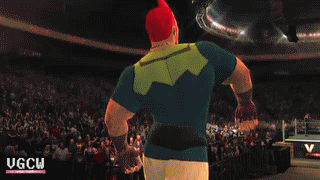 |
| Groose will represent the Zelda franchise in VGCW about as well as Link did. |
Independent wrestling companies like Ring of Honor or the now defunct IWA-Mid South often faced the problem of audience burnout because their shows would run almost four hours, which is a lot to ask of an audience. The shows’ run times, combined with the time commuting to and from the venue, often meant that I would need to dedicate five to six hours to professional wrestling, which isn’t sustainable in the long run. I had similar concerns about Video Game Championship Wrestling because its shows would sometimes run for four hours because of the long matches and the loading times in WWE ’13. Combined with the frequency with which Bazza87 held shows, audience burnout was a strong possibility. Bazza87 addressed this problem directly on his Twitter feed, and he has held firm to the commitment to limit shows to two to three hours long, which has made it easier for fans like me to keep watching.
Shortening the shows has also allowed me to pay more attention to the undercard matches, where sometimes the most entertaining moments of Video Game Championship Wrestling happen. For instance, take Dan Hibiki’s super taunt of Barrett Wallace from the March 19, 2013 show:
On the March 7, 2013 episode of Giant Bomb’s Thursday Night Throwdown (subscriber access only), TwitchTV’s Jared Rea and Giant Bomb’s Jeff Gerstmann spoke enthusiastically about Video Game Championship Wrestling; Gerstmann followed it up with a brief article on why he finds Video Game Championship Wrestling so entertaining. Hopefully, Gerstmann and Rea directed even more viewers to Bazza87’s Video Game Championship Wrestling feed; something this delightful should be experienced by as many people as possible.

